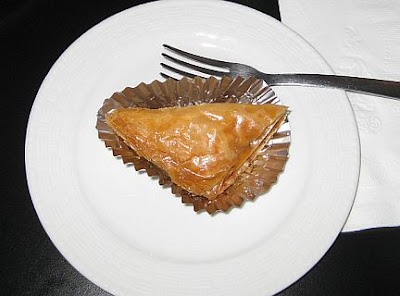Patsy from 'Soap by Patsy' said she hadn't rughooked for many years but recently bought some wool skirts and wanted to know how to prepare them. Do you use hot water or cold? Dryer or hang them on the line?
I'm going to tell what I have done when I used recycled wool and also what I now do since I only use yard goods. Disclaimer: I am by no means an expert on this! To tell the truth, Zip is the washing machine operator. He usually does the wool.
When I used recycled wool, the first thing is to NOT bring them in the house until you are ready to wash them. If you already have a stash of wool, any moths or eggs that may (or may not) be in the clothing could contaminate your good wool. Take them directly to the washing machine!
From here on the directions are for either recycled or yard goods:
I use regular detergent and warm water. If you have a 'soak' setting on your machine you can use it. Or just turn off the machine after it's full and let the clothing soak manually. Then turn on the agitation cycle to 'gentle' and wash for the shortest time possible. You don't want to totally felt your wool! Then rinse in warm also.
Then Zip uses the dryer on it's regular cycle with a dryer sheet. It takes from 45 minutes to an hour to dry wool in ours. Sometimes when I'm overdying and have only a small amount to dry, I hang it outside. But the big benefit of putting the wool in the dryer is that it comes out so nice and fluffy!
Once again I will talk about the fiber content of recycled 'wool'. If you have a cutter and do not want to dull the blades, you should be using fabric that is at least 85% wool. How do you know? You can check the tags, but they are not always accurate and sometimes missing altogether.
Do a 'burn test'. Take some threads from an edge and light them with a match. If the burnt residue is ash that you can rub between your fingers, it's a natural fiber. If there are little hard balls of black plastic, you have a synthetic.
If you don't mind using synthetics or other alternative hooking materials (this has been a big discussion lately!), they can be cut with scissors or a rotary cutter and pad to save the blades of your wool cuter.
A note on taking apart jackets and coats. There is much more easily usable fabric in skirst and pants, but sometimes it's hard to resist a lovely wool jacket. Interfacing can be hard to remove. Picking it off in small pieces is labor intensive to say the least! Most of the interfacings were applied with heat. It is easier to unstick them if you iron over them and try to pull them off while still hot.
I know there are MANY ways to prepare wool for hooking. Please feel free to add your thoughts or methods you use in the 'comments'.
The tiny picture is another little peek at my Forest Secrets challenge rug. The shading is some of my dip dyed wool. The picture part of the rug is finished. I have half of the background to do yet. Can't wait till the end of July when we can show them!
Happy hooking, everyone!
What! No cat pictures???
Next time....























































